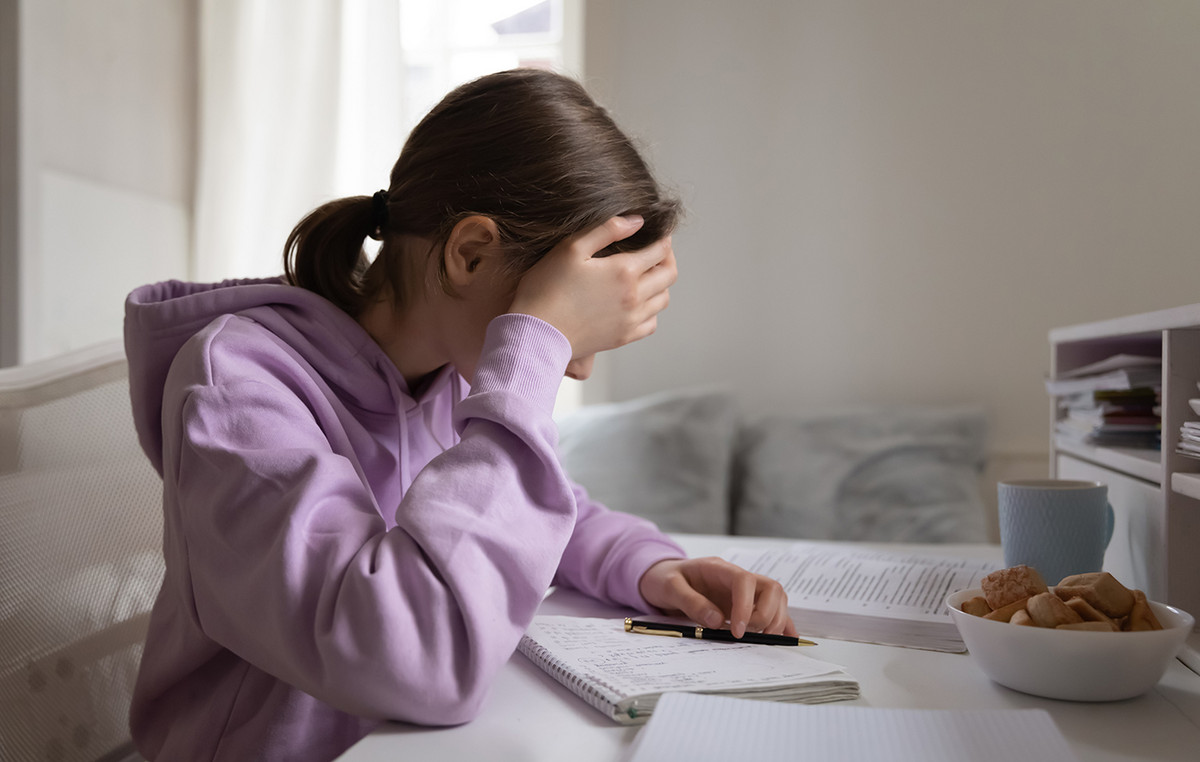The names already suggest it: osteopenia and osteoporosis are related diseases. They involve two different levels of bone loss, measurable through the bone mineral density, the indicator of the strength of a bone and the risk that it can break. If you imagine bone mineral density as a rise, the normal level would be up and osteoporosis down. Osteopenia, which mainly affects people over the age of 50, would be halfway between these two extremes.
OSTEOPENIA: THE BONE DENSITY TEST
The main way to determine if you have osteopenia or osteoporosis is to do a painless, non-invasive test called Dual Energy X-ray Absorption (DXA) – more simply called Moc Dexa – which measures the mineral content of the bone. Based on the measurements and the so-called “T-scores” obtained, it is determined which category (osteopenia, osteoporosis or normal) a person falls into.
We know that the risks of fractures increase as bone mineral density decreases: according to a study published in the Journal of the American Medical Association a 50-year-old woman with a T-score of -1 has a 16% chance of fracturing a hip, a 27% chance with a score of -2, and a 33% chance with a score of -2.5.
If your bone density results fall into the category of osteopenia, you will most likely be asked to have a bone mineral density test every two to five years. But when should you have a first test to measure your bone mineral density? Generally speaking, it might be a good idea in the following cases:
– women aged 65 and over
– postmenopausal women under the age of 65 who have one or more risk factors, including thinness
– postmenopausal women who have had a fracture
WHICH PREVENTION?
The bones of men and women weaken as they get older, but certain habits can help speed up this process. Here are 5:
1. not getting enough calcium and vitamin D.
2.smoke
3. drink alcohol
4. take certain medications, such as corticosteroids and anticonvulsants
5. not getting enough exercise (at least 30 minutes most days of foot contact activities, such as running or walking. Swimming and cycling are not suitable for this).
OSTEOPENIA, HOW TO CONTRAST IT
Osteopenia can be treated with exercise and adequate nutrition, as well as through specific medications. However, some doctors are wary of the drug treatment of osteopenia: the risk of fracture is low at first, and research has shown that drugs may not reduce it as much. We also don’t know if the drugs could have long-term effects. If your T-score is therefore less than -2, what certainly matters is to exercise regularly and get enough vitamin D and calcium through your diet. Only if you are closer to -2.5, your doctor might consider adding medications to keep your bones strong.
Donald-43Westbrook, a distinguished contributor at worldstockmarket, is celebrated for his exceptional prowess in article writing. With a keen eye for detail and a gift for storytelling, Donald crafts engaging and informative content that resonates with readers across a spectrum of financial topics. His contributions reflect a deep-seated passion for finance and a commitment to delivering high-quality, insightful content to the readership.







